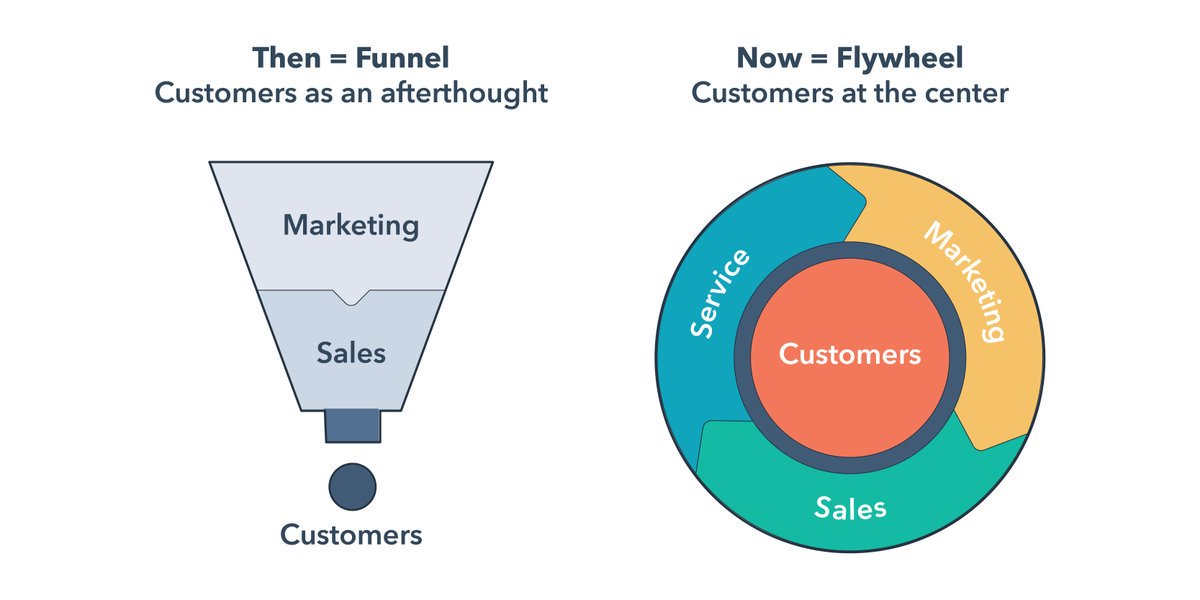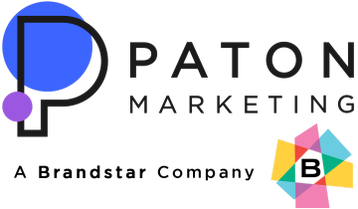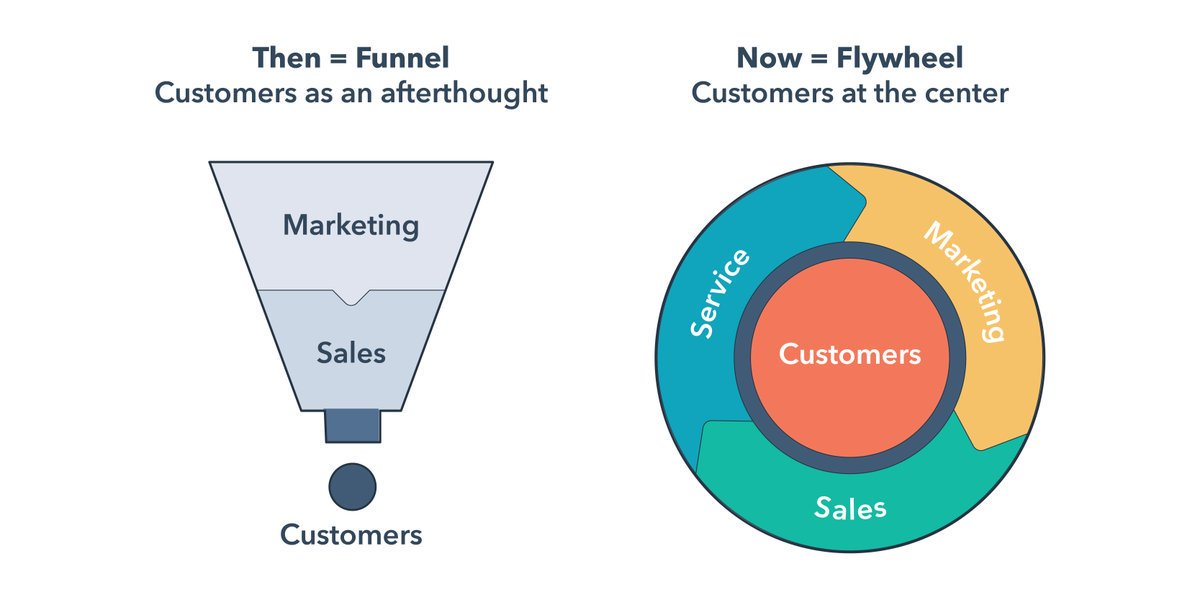If you are like most busy business owners, CMOs and or marketing managers then you know that it’s harder than ever to consistently connect with your potential customers to drive more sales and grow your business.
Over the last decade, with the increase of mobile adoption and the emergence of social media platforms like Facebook,Instagram,YouTube, Pinterest,Twitter both buyers and brands have more engaging and real-time ways to connect with each other.
Companies like Amazon.com and Google’s search engine,which now uses machine learning, called RankBrain to analyze the context of content and serve more accurate organic search, image and video results have both greatly contributed to today’s buyer-centric behavioral shift.
A 180 degree turn around from product and service focused to buyer and customer brand experience focused continues to evolve and shape how people interact online with companies and their brands. The buyers are now 100% in control and have more leverage than ever before.
This buyer-centric shift applies to both b2b and b2c marketing and sales models, everyone is trying to stand out in crowded markets. Today’s buyer/consumer has more access to read reviews,and almost infinite ways to learn more online about a product or service they are considering to purchase.
This is why having a solid inbound digital marketing plan and working with a content strategy partner comes into play. It’s the most effective way to help your company become a trusted source for your products or services online.
The graphic below helps illustrates how the change in product-centric to customer-centric model has evolved.

A look at Outbound Marketing vs Inbound Marketing
Unlike outbound marketing such as billboards, TV and Radio advertising, Direct Mail, and print advertising which is all a one – to – many interruptive messaging and advertising with inbound marketing your goal is to be permission-based so you don’t need to fight for your potential customers’ attention. By creating and curating content designed to address the problems and needs of your ideal customers, you attract qualified prospects and build trust and credibility for your business.
Here’s a quick list of how today’s savvy customers can avoid a sales pitch and why traditional or outbound marketing is not effective.
- People can skip TV ads by recording their favorite shows and fast-forwarding through the commercials and with so many online streaming services, TVs don’t even get that many viewers anymore.
- Digital music and satellite radio makes it easy for people to avoid radio advertising.
- People get their news from the Internet, so no one sees the print advertising in the newspapers any more.
- Online banner ads are blocked by ad blockers. Even if they don’t get blocked, they have very low visibility due to a symptom called banner blindness.
- Email salesletters mostly wind up in the spam folder or doesn’t even get opened.
- 44% of direct mail is never opened. So don’t bother wasting those paper and postage fees.
- And do young people even know what the yellow pages are any more? Nobody is going to flip through hundreds of pages when they can simply Google what they are looking for.
- With do-not-call lists, telemarketing is a thing of the past or just plain annoying.
- Outdoor billboards are even less effective. Pay a huge sum of money to display your message to people who are moving at 60 mph and has a primary focus on the road. Worst still, there are other brands fighting for their limited attention at the same time.
Inbound marketing is the opposite of disruptive and interruptive marketing and messaging to your potential customers. With an inbound marketing you have five pillars that form the foundation of your inbound marketing framework.
So let’s dive into the five pillars to create an inbound marketing strategy that will help get your business on it’s way to connect with the right customer, at the right and position your business as a leader in your industry.


Vanessa
Wow, marvelous weblog layout! How long have you ever been running a blog for?
you make blogging glance easy. The total glance of
your web site is magnificent, as smartly as the content material!
You can see similar here najlepszy sklep
Latrice
Thank you for the auspicious writeup. It in fact was a amusement account
it. Look advanced to more added agreeable from you! However,
how can we communicate? I saw similar here: Sklep online
Joseph
Hi! Do you know if they make any plugins to help with Search Engine Optimization? I’m trying to get
my blog to rank for some targeted keywords but I’m
not seeing very good success. If you know of any please share.
Thanks! You can read similar text here: Sklep online
Analytical and Research Agency
It’s very interesting! If you need help, look here: ARA Agency
100 USDT almak icin kaydolun.
Thanks for sharing. I read many of your blog posts, cool, your blog is very good.
Miat
I found this article to be both engaging and educational. The points made were compelling and well-supported. Let’s talk more about this. Check out my profile for more interesting reads.
Connor
You actually make it seem so easy along with your presentation however I in finding this matter to be actually something which I
think I’d by no means understand. It kind of
feels too complex and very wide for me. I’m taking a look ahead to your subsequent submit, I’ll attempt to get the cling of it!
Escape rooms
Κωδικ Binance
Can you be more specific about the content of your article? After reading it, I still have some doubts. Hope you can help me.